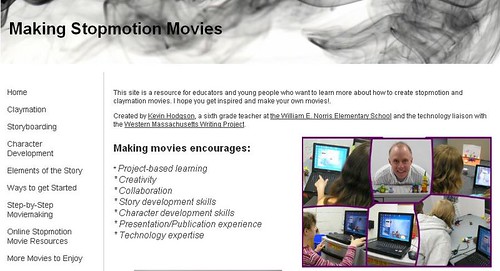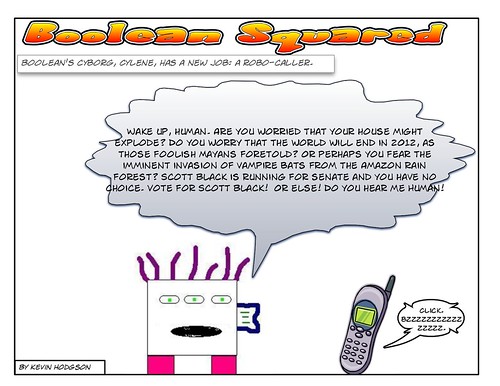(This is an edited version of a blog post I wrote yesterday for another site)
A roomful of teachers in various content areas — ELA, Math, Science, Social Studies, Technology, etc. — came together this evening to talk about ways that our Western Massachusetts Writing Project can support writing across the curriculum. This meeting is part of a grant that our site has received around Writing Across the Curriculum. We had a nice dinner and then worked in small groups on a number of questions before sharing out what we were discovering from each other.
In my small group, we identified a few areas of concern with our students:
- Non-fiction reading and writing seem to be an overall area of weakness and our students need more support in interpreting non-fiction text and then, analyzing and reflecting on that text;
- Our students need to do a better job (or we teachers need to do a better job) of transferring the skills they are learning in the ELA classrooms around writing skills in the other content areas. They don’t leave their “writers’ hat” on the hook when they leave the ELA classroom, but students need to be taught to remember and use those skills;
- Our students need more help with interpretative skills, going deeper with their writing in all areas, and really tapping into the “writing to learn” mentality.
We also talked about how our writing project can help teachers in these areas:
- Develop strategies for content-area teachers who are afraid of correcting writing (or don’t see the value in writing skills in their content);
- Refashion the identity of our writing project so that it is welcoming to all teachers, not just ELA teachers because we have “writing” in our title;
- Show the connections of reading and writing skills in the “real world” or marketplace for students;
- Showcase more digital media and use of technology to engage students in all content areas, and get them writing and composing even when they don’t quite realize that is what they are doing.
And this was just a tip of the discussions around the table.
Peace (in the talks),
Kevin




